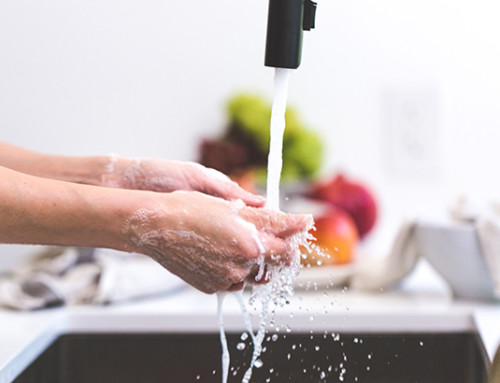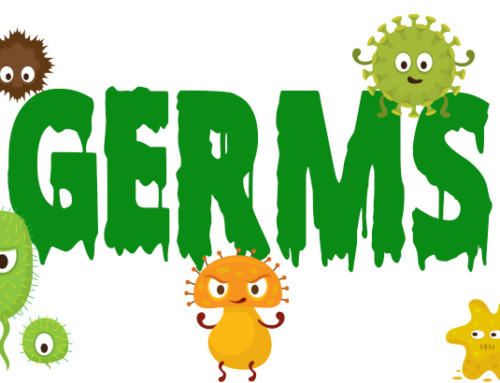When looking at our dipslides, people often ask us which one they should get. “What agar should I use?” “What does each agar grow?” “What is best for my application?” Like many of our answers to your questions, it really depends on the application and the results you are trying to achieve. But to help you make a decision, we’re going to take a closer look at each of the agars we offer. Today, we’re looking at MacConkey Agar!
A Brief History
MacConkey agar was developed by Alfred Theodore MacConkey, M.D. at the turn of the 20th century. At the time, he was the Assistant Bacteriologist to the Royal Commission on Sewage Disposal at the Thompson-Yates Laboratories of Liverpool University in England. His goal was to formulate a medium that would select for the growth of gram-negative microorganisms and inhibit the growth of gram-positive microorganisms. We’ll spare you the details of how he created it, and just get to the end: he was successful! Of course, there have been modifications to the media since it was first created, but the idea is still the same.
Growth
 MacConkey agar is pink to red in color, and it is both a selective and a differential medium. How, you ask? Well, it’s selective in that it can isolate gram-negative enteric bacteria, and it’s differential in that it differentiates lactose fermenting from lactose non-fermenting gram-negative bacteria. Uh, what now? Okay, let’s back up.
MacConkey agar is pink to red in color, and it is both a selective and a differential medium. How, you ask? Well, it’s selective in that it can isolate gram-negative enteric bacteria, and it’s differential in that it differentiates lactose fermenting from lactose non-fermenting gram-negative bacteria. Uh, what now? Okay, let’s back up.
Gram-positive bacteria and gram-negative bacteria have several differences. Most notably, gram-negative bacteria are more resistant to antibiotics, they can cause infections, and they do not retain the crystal violet stain used in the Gram staining method of bacterial differentiation. Gram-positive bacteria, on the other hand, give a positive result in the Gram stain test. They take up the crystal violet stain and appear to be purple-colored when viewed through a microscope.
MacConkey agar contains crystal violet and bile salts to prevent the growth of gram-positive bacteria. This media also inhibits the growth of mold. Gram-negative bacteria have a relatively bile-resistant outer membrane, and thus can still grow on this media.
Some gram-negative bacteria can ferment the sugar, lactose (Lac+), while others cannot (Lac-). This is where the differential aspect of MacConkey comes into play. Gram-negative bacteria that are able to ferment the lactose cause the pH of the media to drop, and the change in pH is detected by another ingredient, neutral red. Neutral red is red below a pH of 6.8. At a pH below 6.8, this dye gets absorbed by the bacteria, which appear as bright pink to red colonies on the agar.
Gram-negative colonies that are lactose non-fermenting can still grow on MacConkey agar, but they appear as colorless colonies on the agar.
Examples of gram-negative lactose fermenting bacteria include E. coli, Klebsiella pneumoniae, and Enterobacter cloacae. Examples of gram-negative lactose non-fermenters include Shigella, Salmonella, Proteus, Serratia, and Pseudomas aeruginosa.
MacConkey agar is best incubated at 35° ± 2°C and examined for growth after 24-48 hours. You could check the media starting at 18 hours. Check out our technical document for more information on our MacConkey dipslides, or to view a microbe identification chart with images of microbes grown on MacConkey agar. For even more comparison images, check out LaMotte’s free BioPaddle Lite App, or the expanded BioPaddles Colony ID app.
That’s it for today’s micro-lesson. Hopefully, you now have a better understanding of how MacConkey agar works and what microbes it’s best used for.







Leave A Comment